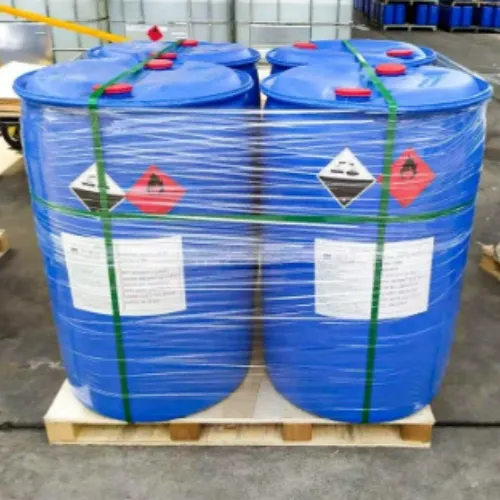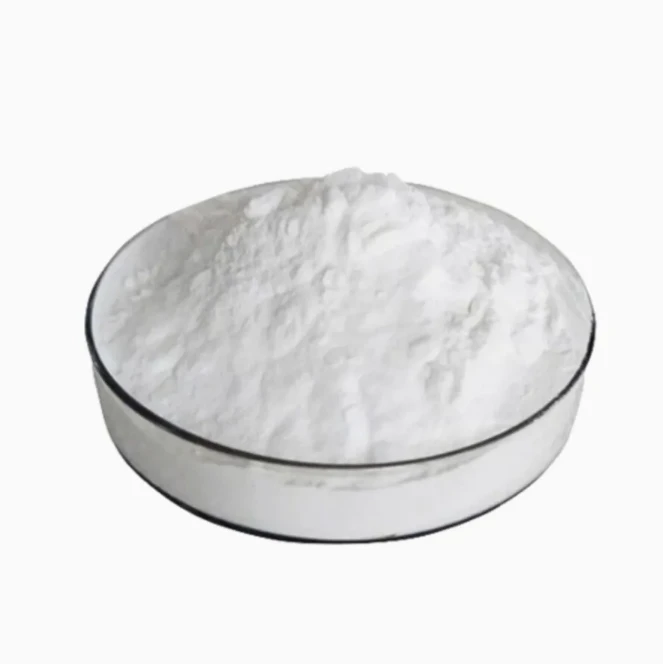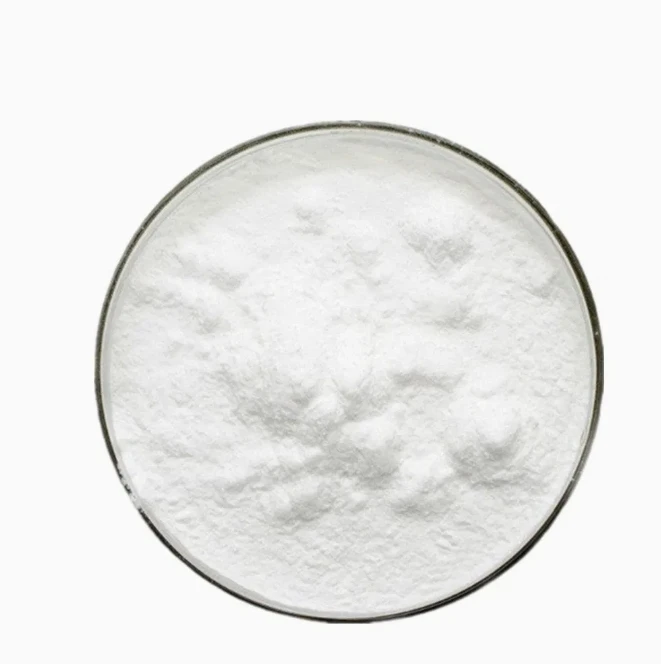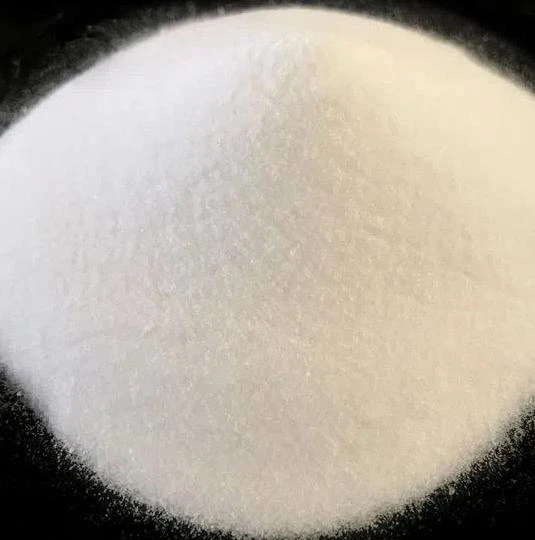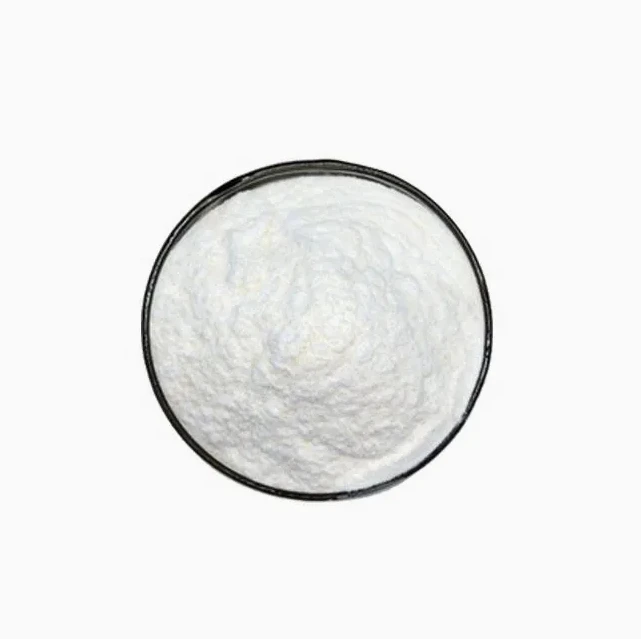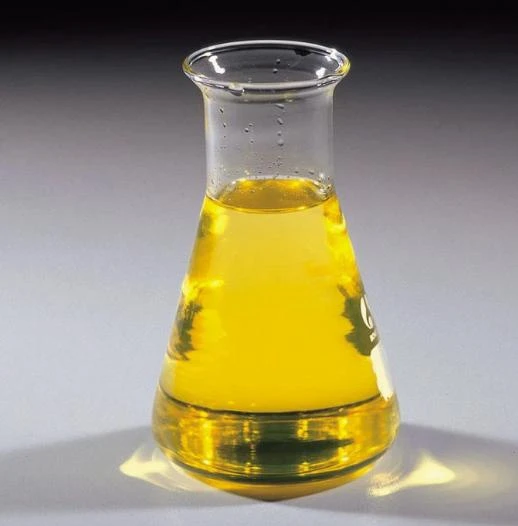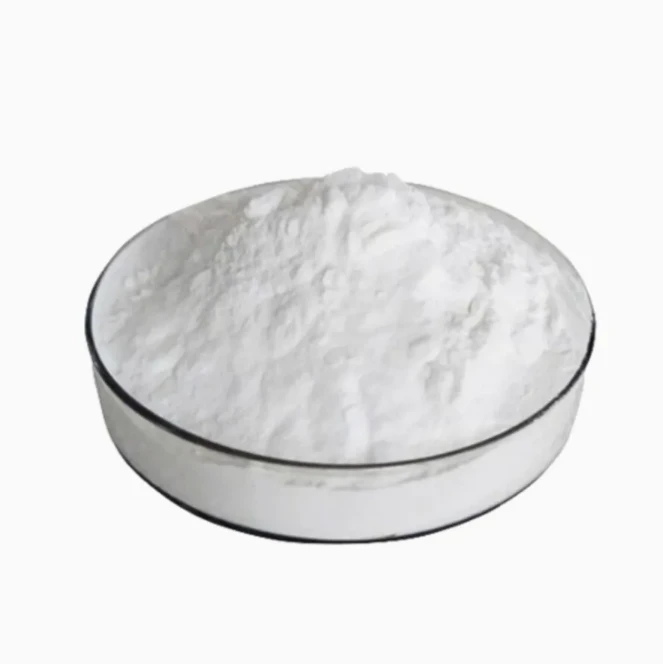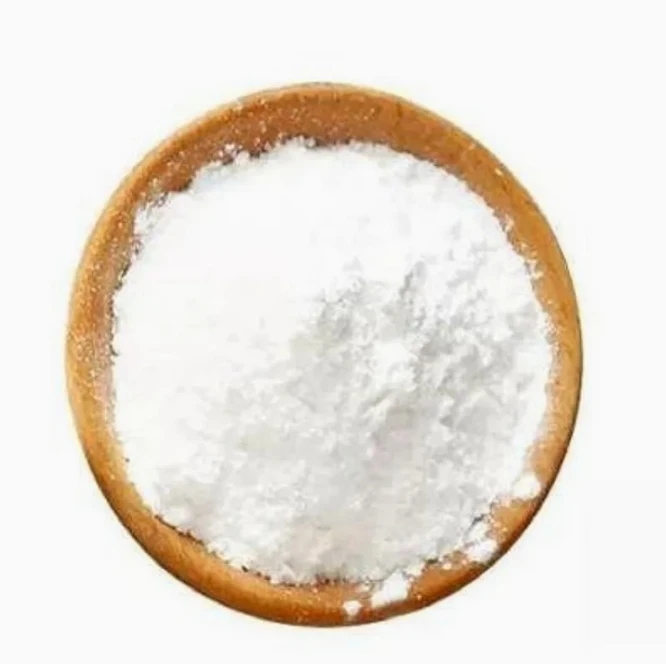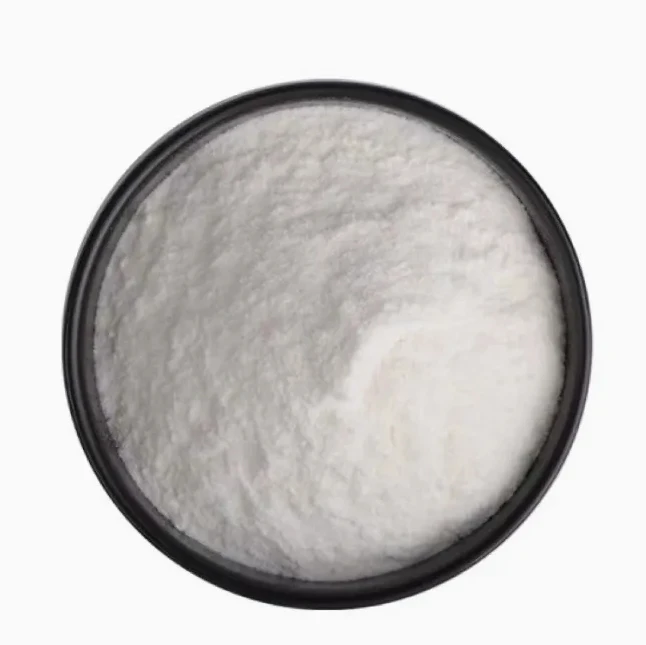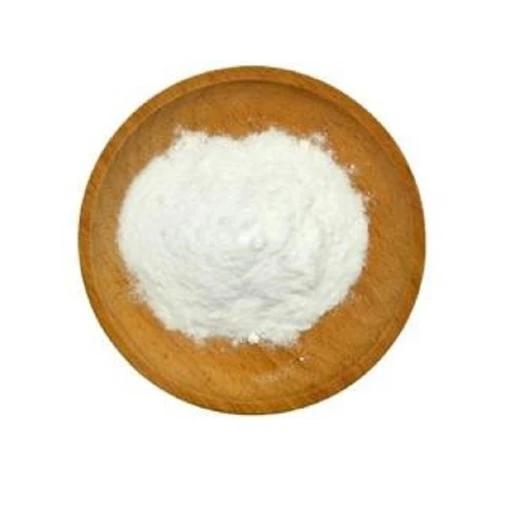 Lengolo-tsoibila: sale@hebeidisha.com
Lengolo-tsoibila: sale@hebeidisha.com
 Mohala: +86 13315186550
Mohala: +86 13315186550
- Moafrika
- Sealbania
- Seamharic
- Searabia
- Searmenia
- Se-Azerbaijani
- Sebasque
- Sebelarusia
- Benghali
- Sebosnia
- Se-Bulgaria
- Secatalan
- Sebuano
- China
- China (Taiwan)
- Corsican
- Secroatia
- Czech
- Sedanishe
- Se-Dutch
- Senyesemane
- Esperanto
- Seestonia
- Sefinnishe
- Sefora
- Sefrisia
- Segalician
- Segeorgia
- Sejeremane
- Segerike
- Segujarati
- Secreole sa Haiti
- hausa
- siwaiian
- Seheberu
- Che
- Miao
- Se-Hungary
- Seiceland
- igbo
- Seindonesia
- irish
- Setaliana
- Sejapane
- Se-Javanese
- Kannada
- kazakh
- Khmer
- Rwanda
- Sekorea
- Sekurdish
- Sekyrgyz
- Lefuba
- Selatine
- Selatvia
- Selithuania
- Se-Luxembourgish
- Semacedonia
- Malgashi
- Semalay
- Semalayalam
- Semalta
- Semaori
- Marathi
- Mongolian
- Myanmar
- tsa Nepali
- Norwegian
- Norwegian
- Occitan
- Sepashto
- Sepersia
- Sepolishe
- Sepotoketsi
- Sepunjabi
- Seromania
- Serussia
- Sesamoa
- Segaeli sa Scotland
- Seserbia
- Senyesemane
- Seshona
- Sindhi
- Sesinhala
- Seslovak
- Seslovenia
- Somalia
- Sepanish
- Sesundanese
- Seswahili
- Seswedishe
- Setagalog
- Se-Tajik
- Setamil
- Setatare
- Setelugu
- Sethai
- Se-Turkey
- Turkmen
- Seukraine
- Seurdu
- Uighur
- Seuzbek
- Sevietnam
- Welsh
- Thusa
- Yiddish
- Yoruba
- Sezulu
Tetrachloroethylene
Tetrachloroethylene, also known as perchloroethylene , is an organic compound with the chemical formula of C2Cl4. It is a colorless liquid, insoluble in water, and miscible with most organic solvents such as ethanol, ether, chloroform, etc. It is mainly used as organic solvent, dry cleaning agent, solvent for adhesives, degreasing solvent for metals, desiccant, paint remover, insect repellent, fat extractant, and organic synthesis.
Pontšo ea lihlahisoa

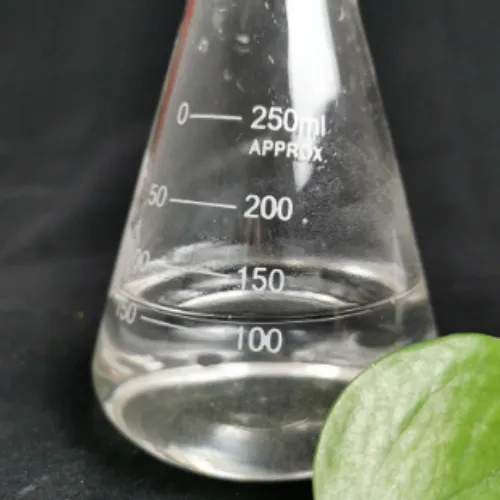

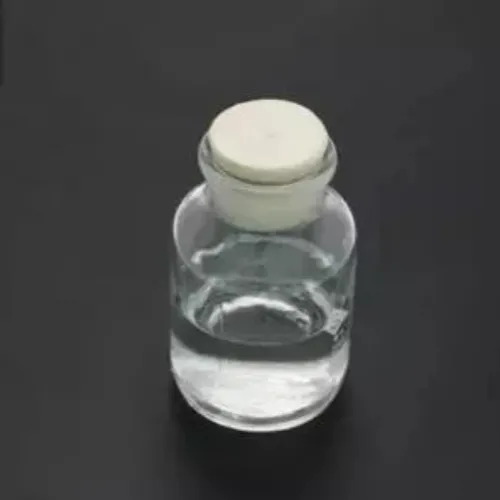
|
Lebitso la Sehlahiswa |
Perchloroethylene |
Molecular formula |
C2Cl4 |
|
Dendity |
1.7±0.1 g/cm³ |
Ntho e belang |
119.1±30.0 °C at 760 mmHg |
|
Sebaka se qhibilihang |
-22 °C |
Molecular weight |
165.833 |
|
Flash point |
27.4±21.9 °C |
LogP |
2.95 |
|
Vapor density |
5.83 (vs air) |
Vapor pressure |
19.3±0.2 mmHg at 25°C |
|
Refractive index |
1.519 |
Water solubility |
little |
Tetrachloroethylene is an excellent nonpolar solvent for organic materials. Otherwise, it is volatile, highly stable and nonflammable, and has low toxicity. For these reasons, it has been widely used in dry cleaning worldwide since the 1930s. The chemist Sylvia Stoesser (1901-1991) suggested Tetrachloroethylene to be used in dry cleaning as an alternative to highly flammable dry cleaning solvents such as naphtha.
It is also used to degrease metal parts in the automotive and other metalworking industries, usually as a mixture with other chlorocarbons. It appears in a few consumer products including paint strippers, aerosol preparations and spot removers.
Re na le lifeme tse ngata tsa boleng bo holimo tse nang le tšebelisano e tebileng, tse ka u fang lihlahisoa tsa boleng bo holimo le litheko tsa tlholisano. Hape re ka fana ka litheolelo bakeng sa ho reka ka bongata.'Me re sebelisana le lik'hamphani tse ngata tsa litsebi tse tsamaisang thepa, li ka isa lihlahisoa ka mokhoa o sireletsehileng le ka thelelo matsohong a hau. Nako ea ho fana e ka ba matsatsi a 3-20 ka mor'a hore ho netefatsoe tefo.
|
tems
|
Units
|
Standard
|
Liphetho
|
|
Ponahalo
|
|
Transparent Liquid
Without uspension and Sediment |
Transparent Liquid Without Suspension and Sediment
|
|
Chroma
(Hazen Units Platinum-Cobalt Scale) |
≤
|
15
|
10
|
|
Density ρ20
|
g/cm3
|
1.615-1.625
|
1.620
|
|
Purity
|
% ≥
|
99.6
|
99.93
|
|
Distillation of Residue
|
% ≤
|
0.005
|
----
|
|
Moisture()
|
% ≤
|
0.0050
|
0.0030
|
|
Alkalinity (NaOH)
|
% ≤
|
0.03
|
0.0004
|
|
PH
|
|
8.0-10.0
|
10
|
|
Stability Test of Copper Corrosion
|
% (mg/cm3)
≤ |
0.5
|
----
|
|
Residual Odor
|
|
Without Odor
|
-----
|
|
Qetello
|
Excellent Grade
|
||

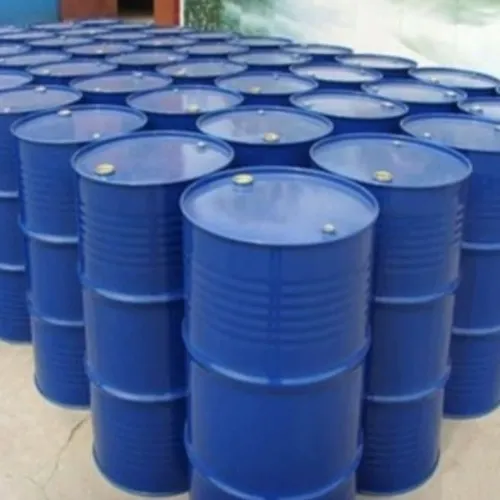
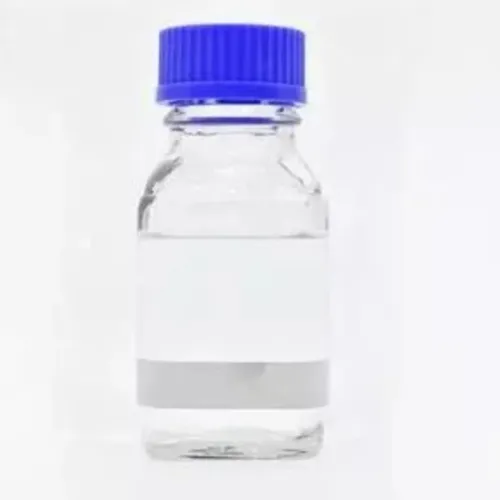
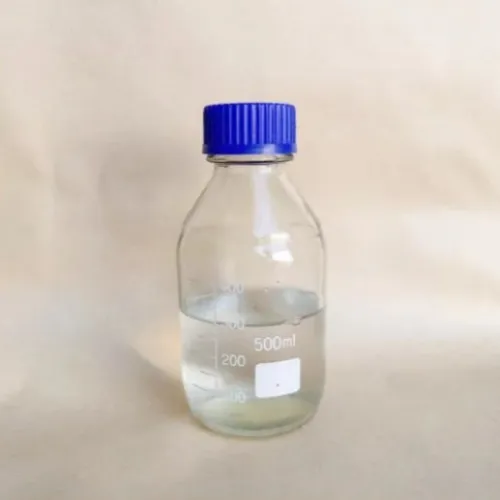
Tetrachloroethylene, also known as perchloroethylene, is an organic compound with the chemical formula C2Cl4. It is a colorless liquid, insoluble in water, and miscible in ethanol, ether, chloroform and other organic solvents. It is mainly used as an organic solvent, dry cleaning agent, adhesive solvent, metal degreasing solvent, desiccant, paint remover, insect repellent, fat extractant, and also can be used in organic synthesis.
Protective measures
Engineering control: closed operation, pay attention to ventilation. Mechanize and automate as much as possible. Provide safety shower and eye wash equipment. Respiratory protection: it is recommended to wear a self-priming filter gas mask (half mask) and chemical safety glasses when escaping in the air. Body protection: penetrating gas type anti poison clothing. Hand protection: wear chemical resistant gloves Other protection: smoking, eating and drinking are strictly prohibited at the work site. Store clothes contaminated by poisons separately and use them for standby after washing. Keep good hygiene habits.
First aid measures
Skin contact: take off contaminated clothes and wash skin thoroughly with soapy water and clear water. Eye contact: lift the eyelids and rinse with flowing clean water or normal saline. Seek medical attention. Inhalation: quickly leave the site to a place with fresh air. Keep respiratory tract unobstructed. If breathing is difficult, give oxygen. If breathing stops, give artificial respiration immediately. Seek medical attention. Ingestion: drink enough warm water to induce vomiting. Seek medical attention.
Lihlopha tsa lihlahisoa


